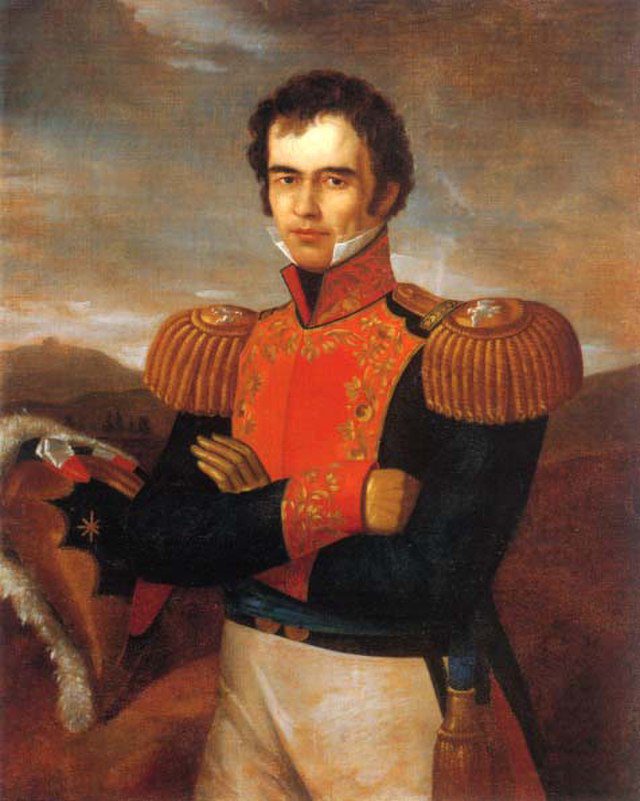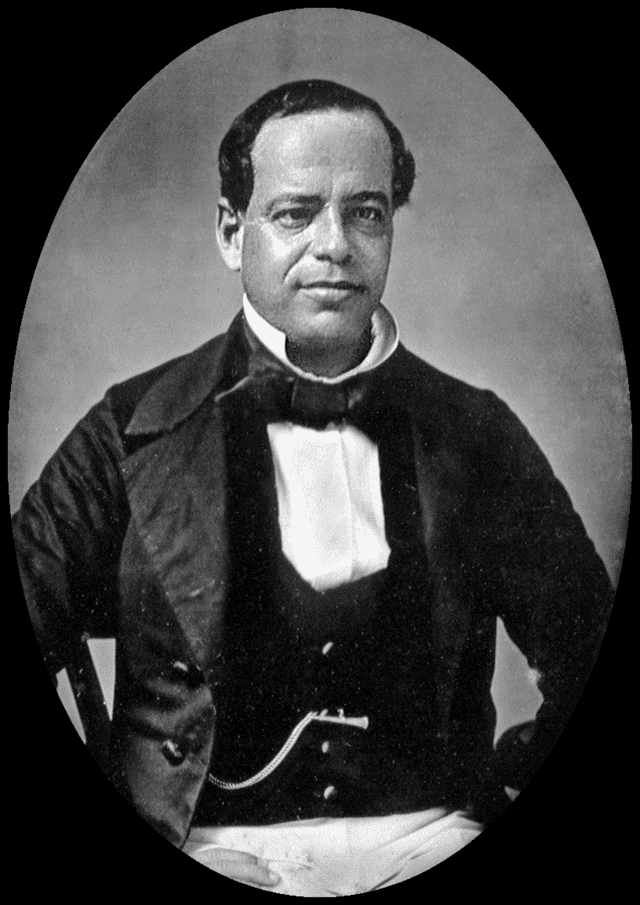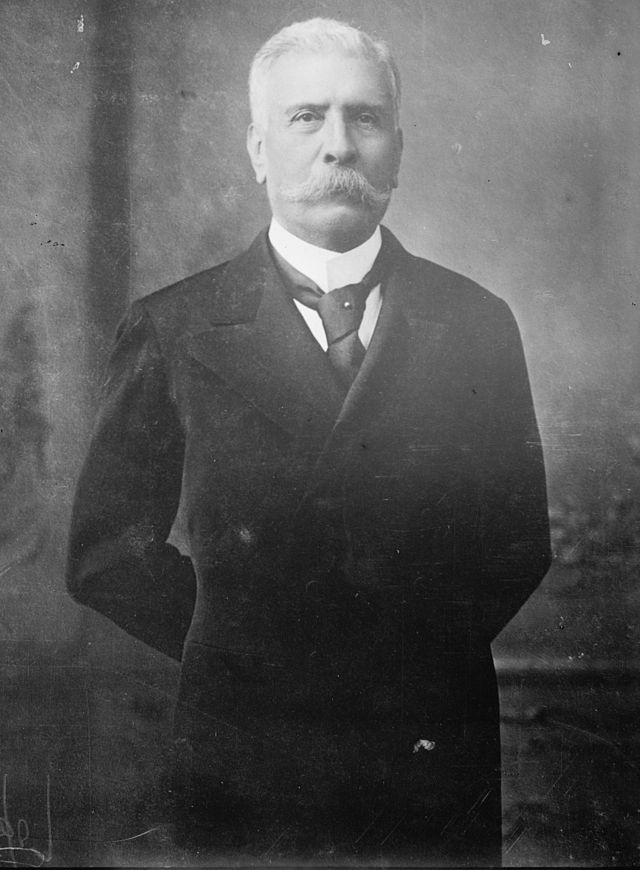
A photo of the Flag of Mexico by Alex Covarrubias – Wikimedia commons
Top 20 Amazing Facts about Mexico City
Mexico, officially the United Mexican States, is a country in the southern portion of North America. It is bordered to the north by the United States; to the south and west by the Pacific Ocean; to the southeast by Guatemala, Belize, and the Caribbean Sea; and to the east by the Gulf of Mexico.
Mexico is organized as a federal republic comprising 31 states and Mexico City. Other major urban areas include Monterrey, Guadalajara, Puebla, Toluca, Tijuana, Ciudad Juárez, and León. In the article are the top20 amazing facts about Mexico.
1. Mexico City is the capital of Mexico
Mexico City is the capital and largest city of Mexico, and the most populous city in North America. It is one of the world’s alpha cities. It is located in the Valley of Mexico within the high Mexican central plateau, at an altitude of 2,240 meters. The city has 16 boroughs or demarcations territories, which are in turn divided into neighbourhoods.
After Hernán Cortés defeated the Aztecs at their island capital of Tenochtitlán in 1521, New Spain was created. The capital of New Spain, Mexico City, was built atop the razed island capital and remained the capital after the country gained independence in 1821.
2. Mexico gained independence in 1821
The upheaval in the Spanish Empire that resulted in the independence of most of its New World territories was due to Napoleon Bonaparte’s invasion of Spain in 1808. Napoleon forced the abdication of the Spanish monarch Charles IV and imposed his brother Joseph Bonaparte as the Spanish king
The Spanish crown initially rejected O’Donojú’s recognition of Mexican independence. The date now recognized as that of separation from Old Spain is August 24, 1821.
Independence from the former mother country had been the only glue which bound republicans and monarchists together, but, once that elusive goal had been achieved, the intrinsic animosity between the two came to dominate the body politic.
3. Guadalupe Victoria was Mexico’s first president

A portrait painting of Guadalupe Victoria by Carlos Paris – Wikimedia commons
Guadalupe Victoria born José Miguel Ramón Adaucto Fernández y Félix, was a Mexican general and political leader who fought for independence against the Spanish Empire in the Mexican War of Independence.
He was a deputy in the Mexican Chamber of Deputies for Durango and a member of the Supreme Executive Power following the downfall of the First Mexican Empire. After the adoption of the Constitution of 1824, Victoria was elected as the first president of the United Mexican States.
As president, he established diplomatic relations with the United Kingdom, the United States, the Federal Republic of Central America, and Gran Colombia.[6] He also founded the National Museum, promoted education, and ratified the border with the United States of America.
4. Mexico stood among the Allies of World War II
Even before Mexico entered the war, it supplied vital raw materials to the United States. Mexico stood among the Allies of World War II and was one of two Latin American nations to send combat troops to serve in the Second World War.
Mexico became an active bellicose in World War II in 1942 after Germany sank two of its tankers. The Mexican foreign secretary, Ezequiel Padilla, took the lead in urging other Latin American countries to support the Allies as well.
5. The prehistory of Mexico stretches back millennia
The earliest human artefacts in Mexico are chips of stone tools found near campfire remains in the Valley of Mexico and radiocarbon-dated to circa 10,000 years ago. Mexico is the site of the domestication of maize, tomato, and beans, which produced an agricultural surplus. This enabled the transition from paleo-Indian hunter-gatherers to sedentary agricultural villages beginning around 5000 BCE.
The earliest complex civilization in Mexico was the Olmec culture, which flourished on the Gulf Coast from around 1500 BCE. Olmec cultural traits diffused through Mexico into other formative-era cultures in Chiapas, Oaxaca and the Valley of Mexico. The formative period saw the spread of distinct religious and symbolic traditions, as well as artistic and architectural complexes.
6. Who is Santa Anna in Mexico’s history?

A photo of Santa Ana by Meade Brothers – Wikimedia commons
Santa Anna was a Mexican politician and general. His influence on post-independence Mexican politics and government in the first half of the nineteenth century is such that historians of Mexico often refer to it as the “Age of Santa Anna”.
He has been called the Man of Destiny, a quintessential caudillo meaning strongman“. Although initially in the post-independence period he identified as a federalist and participated in a coup that ousted the conservatives in 1833, he became increasingly conservative.
Elected President in 1833, López de Santa Anna declined to serve and retired to his home state and power base of Veracruz, a pattern that was to repeat itself until his ouster in 1855. The overthrow of Santa Anna and the establishment of a civilian government by Liberals allowed them to enact laws that they considered vital for Mexico’s economic development.
7. The Reform War of 1858 was between Liberal and Conservative governments
The Reform War, or War of Reform also known as the Three Years’ War, was a civil war in Mexico lasting from January 11, 1858, to January 11, 1861. It was fought between liberals and conservatives, over the promulgation of the Constitution of 1857, which had been drafted and published under the presidency of Ignacio Comonfort. The Liberals defeated the Conservative army on the battlefield
The constitution had codified a liberal program intended to limit the political, economic, and cultural power of the Catholic Church for example separation of the church and state, reducing the power of the Mexican Army by eliminating the fuero, strengthening the secular state through public education, and economically develop the nation.
8. Liberal General Porfirio Díaz influenced the rapid growth of Mexico

A public domain photo of Porfirio Díaz by Wikimedia commons
Porfirio Díaz was a Mexican general and politician who served seven terms as President of Mexico, a total of 31 years, from 28 November 1876 to 6 December 1876, 17 February 1877 to 1 December 1880 and from 1 December 1884 to 25 May 1911.
The entire period from 1876 to 1911 is often referred to as Porfiriato and has been characterized as a de facto dictatorship. After the turmoil in Mexico from 1810 to 1876, the 35-year rule of Liberal General Porfirio Díaz allowed Mexico to rapidly modernize in a period characterized as one of “order and progress”.
The Porfiriato was characterized by economic stability and growth, significant foreign investment and influence, an expansion of the railroad network and telecommunications, and investments in the arts and sciences. The period was also marked by economic inequality and political repression.
9. The Mexican Revolution took place from 1910 to 1920
The Mexican Revolution was an extended sequence of armed regional conflicts in Mexico from approximately 1910 to 1920. It has been called “the defining event of modern Mexican history”. The Mexican Revolution was a decade-long transformational conflict in Mexico, with consequences to this day.
It destroyed the Federal Army and its replacement with a revolutionary army, and the transformation of Mexican culture and government. The revolutionary conflict was primarily a civil war, but foreign powers, having important economic and strategic interests in Mexico, figured in the outcome of Mexico’s power struggles. The United States played an especially significant role.
10. Mexico is undergoing experiences that third-world countries are facing
Mexico has contended with high crime rates, official corruption, narcotrafficking, and a stagnant economy. With neoliberal reforms, many state-owned industrial enterprises were privatized starting in the 1990s, but Pemex, the state-owned petroleum company, is only slowly being privatized, with exploration licenses being issued.
11. The Institutional Revolutionary Party is Mexico’s current ruling party
The Institutional Revolutionary Party is a political party in Mexico that was founded in 1929. It has held uninterrupted power in the country for 71 years, from 1929 to 2000. First, it was the National Revolutionary Party, then the Party of the Mexican Revolution, and finally the PRI beginning in 1946.
The PNR was founded in 1929 by Plutarco Elías Calles, Mexico’s paramount leader at the time and self-proclaimed Supreme Chief of the Mexican Revolution. Alejandro Moreno Cárdenas i the president of the party.
12. The United Mexican States are a federation
The government of this federation is representative, democratic and republican based on a presidential system according to the 1917 Constitution. The constitution establishes three levels of government: the federal Union, the state governments and the municipal governments.
According to the constitution, all constituent states of the federation must have a republican form of government composed of three branches: the executive, represented by a governor and an appointed cabinet, the legislative branch constituted by a unicameral congress, and the judiciary, which will include a state Supreme Court of Justice.
13. There are many criminal cartels in Mexico’s politics
As Mexico transitioned from the one-party rule in 2000, increasingly criminal cartels have attempted to meddle in politics and have an impact on electoral outcomes. Cartels have moved from bribing or otherwise influencing politicians and now attempt to have their preferred candidates elected.
It is known that electoral competition and partisan conflict were vital drivers of the outbreak of Mexico’s crime wars, the intensification of violence, and the expansion of war and violence to the spheres of local politics and civil society.
14. Mexico is a founding member of several international organizations
The organizations that Mexico is a founding member of include the United Nations, the Organization of American States, the Organization of Ibero-American States, the OPANAL and the CELAC.
15. Mexico is considered a regional power
In international relations, since the late 20th century, the term “regional power” has been used for a sovereign state that exercises significant power within a given geographical region.
States that wield unrivalled power and influence within a region of the world possess regional hegemony. Mexico as a regional power, it’s a member of many economic groups such as the G8+5 and the G-20.
16. The Mexican Army is made up of two branches
The Mexican military provides a unique example of a military leadership’s transforming itself into a civilian political elite, simultaneously transferring the basis of power from the army to a civilian state.
The Mexican Armed Forces are administered by the Secretariat of National Defense. There are two branches: the Mexican Army which includes the Mexican Air Force, and the Mexican Navy.
The Mexican Armed Forces maintain significant infrastructure, including facilities for the design, research, and testing of weapons, vehicles, aircraft, naval vessels, defence systems and electronics; military industry manufacturing centres for building such systems, and advanced naval.
17. Crime and human rights violations in Mexico have been criticized
Mexico has relied heavily on the military for drug control and to fight organized crime, leading to widespread human rights violations. There have been serious abuses of power have been reported in security operations in the southern part of the country and indigenous communities and poor urban neighbourhoods.
The National Human Rights Commission has had little impact in reversing this trend, engaging mostly in documentation but failing to use its powers to issue public condemnations to the officials who ignore its recommendations.
This is why Crime and human rights violations in Mexico have been criticized as Mexicans have lost confidence in the police or the judicial system.
18. The telecommunications industry in Mexico is mostly dominated by Telmex
Telmex is a Mexican telecommunications company headquartered in Mexico City that provides telecommunications products and services in Mexico. Telmex is still the dominant fixed-line phone carrier in Mexico.
In addition to traditional fixed-line telephone service, Telmex offers Internet access through their Infinitum brand of Wi-Fi networks, data, hosted services and IT services. Telmex owns 90 per cent of the telephone lines in Mexico City and 80 per cent of the lines in the country.
19. Mexico is the world’s 13th-largest country
Mexico covers 1,972,550 square kilometres. This qualifies it to be the world’s 13th-largest country by area. Saudi Arabia has defeated with a margin of 177140 square kilometres. Russia of course is the largest country in the world with 17,098,246 square kilometres.
20. Mexico is the tenth-most-populous country in the world
Throughout the 19th century, the population of Mexico had barely doubled. This trend continued during the first two decades of the 20th century, and even in the 1921 census, there was a loss of about 1 million inhabitants.
The Mexican population doubled in twenty years, and at that rate, it was expected that by 2000 there would be 120 million Mexicans. Life expectancy went from 36 years (in 1895) to 72 years (in the year 2000).
According to estimations made by Mexico’s National Geography and Statistics Institute, is estimated to be 129,150,971 in 2022. As of 2017 Mexico had 123.5 million inhabitants making it the most populous Spanish-speaking country in the world.
Planning a trip to Paris ? Get ready !
These are Amazon’s best-selling travel products that you may need for coming to Paris.
Bookstore
- The best travel book : Rick Steves – Paris 2023 – Learn more here
- Fodor’s Paris 2024 – Learn more here
Travel Gear
- Venture Pal Lightweight Backpack – Learn more here
- Samsonite Winfield 2 28″ Luggage – Learn more here
- Swig Savvy’s Stainless Steel Insulated Water Bottle – Learn more here
Check Amazon’s best-seller list for the most popular travel accessories. We sometimes read this list just to find out what new travel products people are buying.









